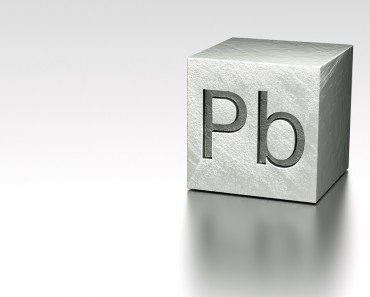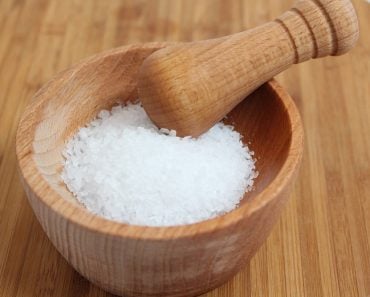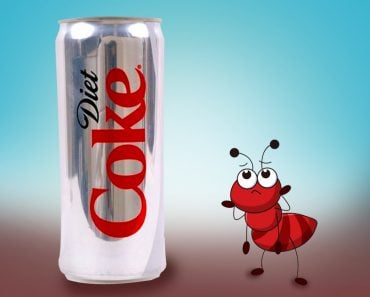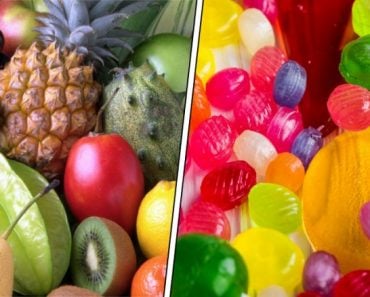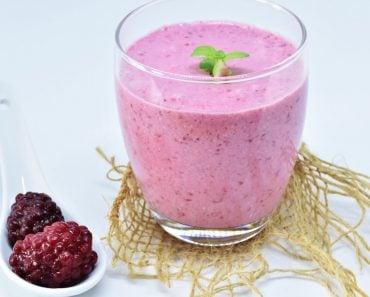Table of Contents (click to expand)
Stevia’s bitter aftertaste is the result of a compound called rebA. RebA is responsible for the sweetness, but bitter taste receptors in our tongue also sense this compound.
The World Health Organization (WHO) recommends that free sugar be less than 10% of your total energy intake. It goes on to recommend that we can further reduce the intake to 5% (5-6 teaspoonfuls) for ‘additional health benefits’. This sugar not only includes the sugar we add to our coffee or desserts, but all the sugar that is already added to various kinds of processed food.
Needless to say, most of us consume far more sugar than 10% of our daily total energy intake. Increased health awareness has led us to look for alternatives. Among these are sugar substitutes, which are mostly artificial sweeteners (and often come with a risk of side effects when used over the long term).
Stevia is one such alternative sweetener. It is a plant-based product extracted from the leaves of the stevia plant, so it is considered a safer alternative without adverse side effects. Although stevia has been used as a sweetener commercially since the 1970s, consumers haven’t been positive towards its use. This is because stevia sweeteners often have a bitter aftertaste.
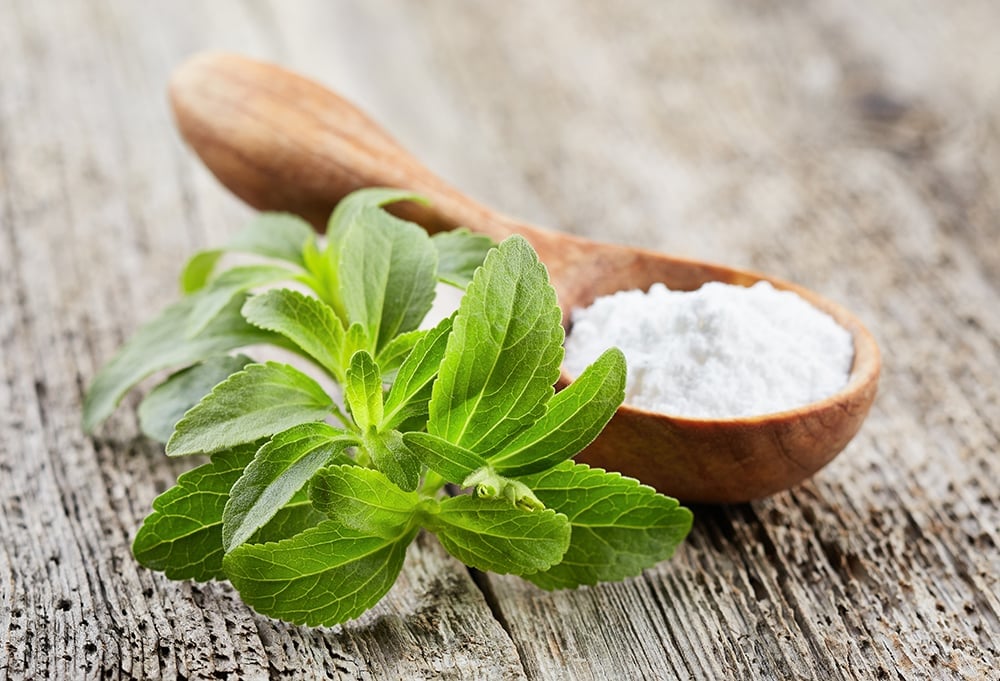
Recommended Video for you:
What Is Stevia?
Stevia is a plant-based sweetener obtained from a shrub called Stevia rebaudiana Bertoni, which belongs to the sunflower family, Asteraceae. Stevia is native to Paraguay, Brazil, and Argentina in South America.
For centuries, the indigenous people of Paraguay have used stevia leaves in their medicine and drinks. A botanist named Moises Santiago Bertoni learned about the stevia plant from the indigenous Paraguayan people and introduced this plant to the rest of world in 1887. Non-purified extracts of this plant were commercialized as a sweetener in Japan in the 1970s.
Purified stevia extract was commercially introduced in the US in the 1990s.
Stevia is commercially cultivated in Argentina, Brazil, Colombia, Paraguay, China, Japan, Malaysia, South Korea, Vietnam, Israel, Australia, Kenya, and the United States; purified steviol glycosides (greater than or nearly equal to 95% purity) are approved for use as sweeteners in more than 150 countries. Stevia is 50-350 times sweeter than sugar, but adds zero calories… a win-win!
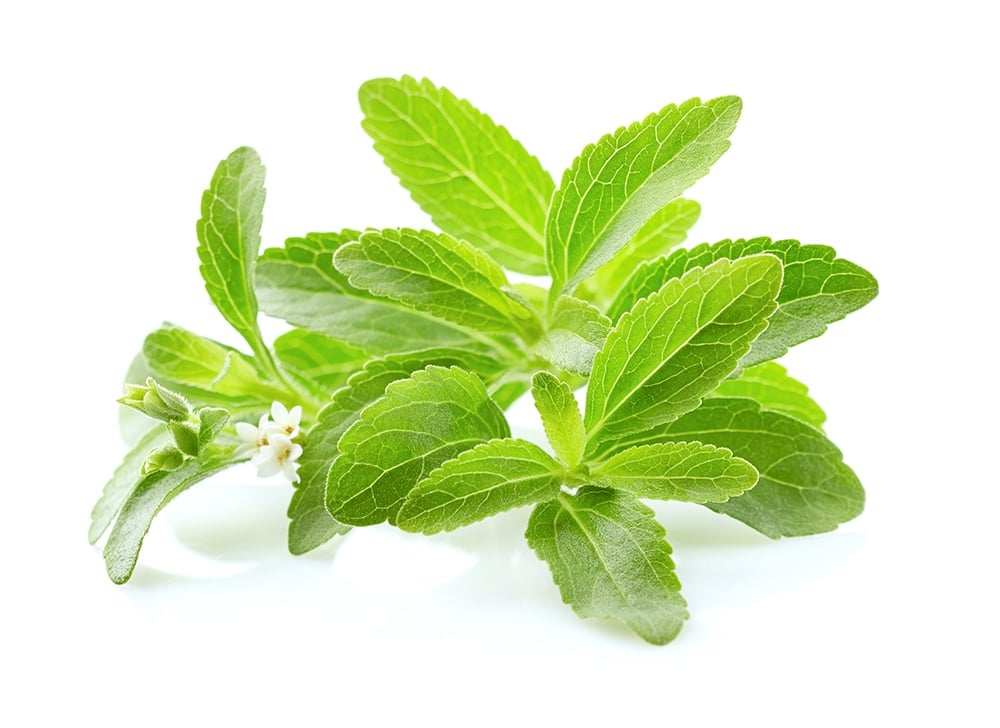
Why Is Stevia Considered Zero Calorie?
Stevia extracts contain steviol glycosides, the chemicals that make stevia taste sweet. Our upper digestive tract cannot digest steviol glycosides. Instead, the glycosides are digested by the microorganisms present in our colon.
These microbes break the bonds in the steviol glycoside molecule to remove the sugar. The steviol backbone is absorbed by the intestines into the bloodstream, and then transported to the liver where it is metabolized and excreted out through urine. The sugar that is released is used by the microbes as a source of energy. This means that our body doesn’t directly use stevia as an energy source.
This makes it a preferred option for individuals who follow a carbohydrate-controlled diet.
Also Read: What Does ‘Sugar-Free’ Really Mean?
How Is Stevia Made?
Stevia leaves contain a group of chemical compounds called steviol glycosides, which are responsible for the sweet taste. There are more than 40 different steviol glycosides present in stevia leaves, including stevioside A, D, and E, and rebaudiosides (reb) A, B, C, D, E, F, G, H, I, J, K, L, M, N, O, and Q.
A study compared consumer preference for ice cream sweetened with rebA, D, or M and concluded that consumers preferred ice cream sweetened with rebD and M over rebA-sweetened ice cream. The sweetness of reb D was perceived as being comparable to sucrose. In addition, the consumers rated the aftertaste of rebD and M ice cream as ‘sweet, pleasant, creamy, and milky,’ while the aftertaste of rebA ice cream was ‘artificial and chemical’. Clearly, the different glycosides vary in their taste profiles.
But Why Is It Bitter?
One of the most abundant and extensively studied glycosides present in stevia is rebA. Most products sold commercially as stevia are actually purified extracts of rebA, which is intensely sweet. However, along with that powerful sweetness, it also has a bitter aftertaste.
Our tongue has taste receptors for different types of taste. We have only one sweet taste receptor, but 25 different bitter taste receptors. When we consume stevia, rebA activates bitter receptors (hTAS2R4 and hTAS2R14) in our tongue. That is why we taste the bitterness right along with the sweetness.
Food scientists at Cornell University (USA) came up with a novel way to reduce the bitter taste of stevia. They modified a protein called bovine serum albumin protein (BSA) to have a hydrophobic (water-repelling) effect. They combined this modified BSA with rebA. The receptors on the human tongue did not recognize the rebA-protein complex, and therefore did not detect the bitterness.
Scientists are also working on extracting other glycosides from stevia that may have the intense sweetness without the unwanted aftertaste. In addition, researchers at Michigan State University are working on developing stevia varieties that are sweeter and have a better taste profile.
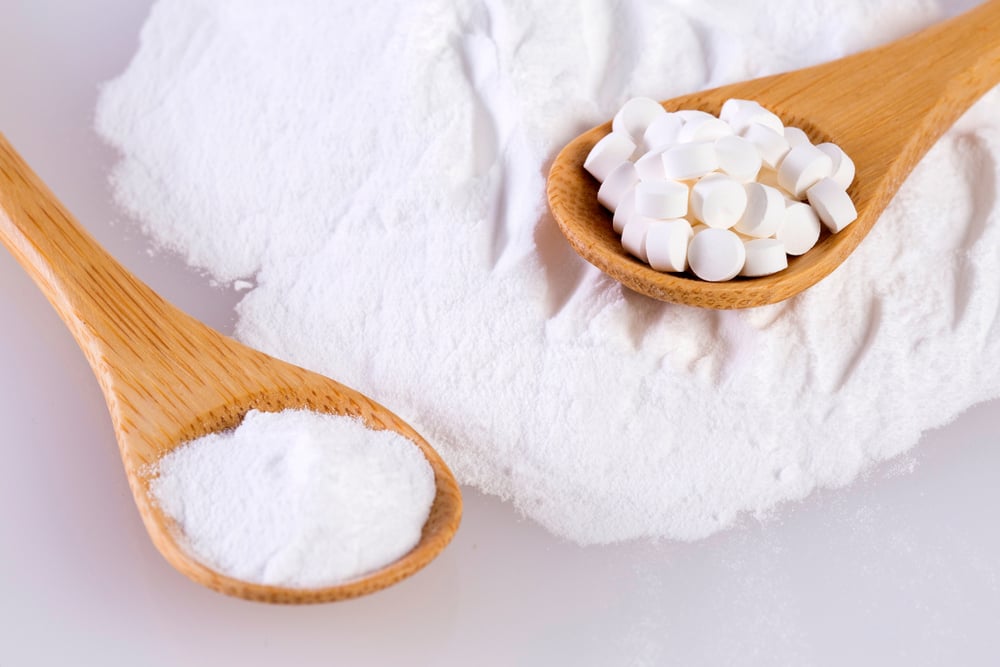
Also Read: Why Does Bitter Food Taste Bad?
Conclusion
Stevia is a healthy alternative to sugar or chemical non-sucrose sweeteners because it is obtained from a plant source and has been in use for hundreds of years. While it is 50-350 times sweeter than sugar, commercially available stevia has a bitter aftertaste. This aftertaste is perceived when the compound rebA activates the bitter taste receptors in our mouth. However, researchers are working on developing commercial stevia products with steviol glycosides other than rebA or by developing modified forms of rebA that won’t activate the bitter taste receptors in our mouth.
References (click to expand)
- Samuel, P., Ayoob, K. T., Magnuson, B. A., Wölwer-Rieck, U., Jeppesen, P. B., Rogers, P. J., … Mathews, R. (2018, July). Stevia Leaf to Stevia Sweetener: Exploring Its Science, Benefits, and Future Potential. The Journal of Nutrition. Elsevier BV.
- Noya-Leal, F., van der Wielen, N., Behrens, M., Rouschop, S., van Arkel, J., Jongsma, M., … Meijerink, J. (2023). Rebaudioside A from Stevia rebaudiana stimulates GLP-1 release by enteroendocrine cells via bitter taste signalling pathways. Food & Function. Royal Society of Chemistry (RSC).
- Muenprasitivej, N., Tao, R., Nardone, S. J., & Cho, S. (2022, June 14). The Effect of Steviol Glycosides on Sensory Properties and Acceptability of Ice Cream. Foods. MDPI AG.

